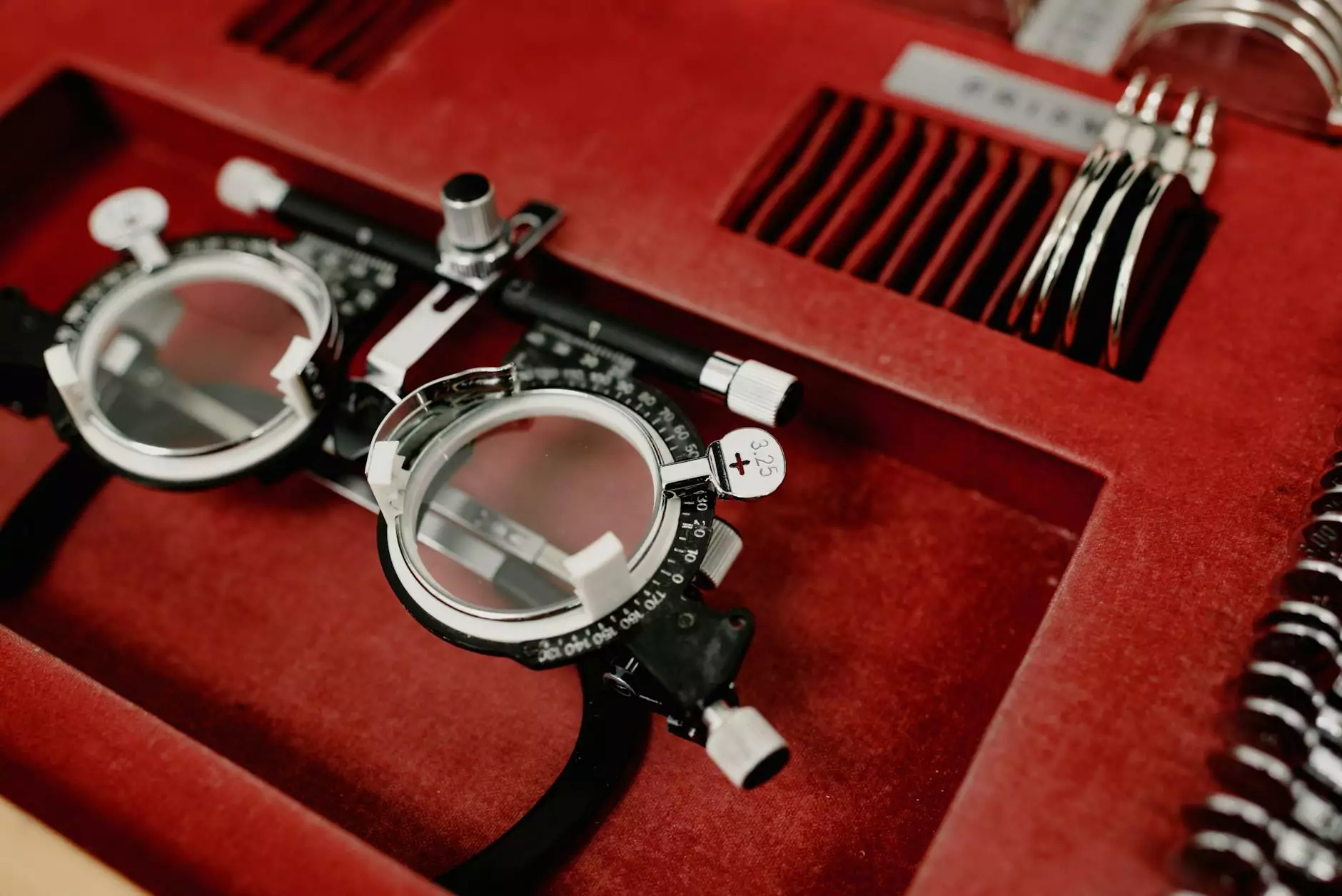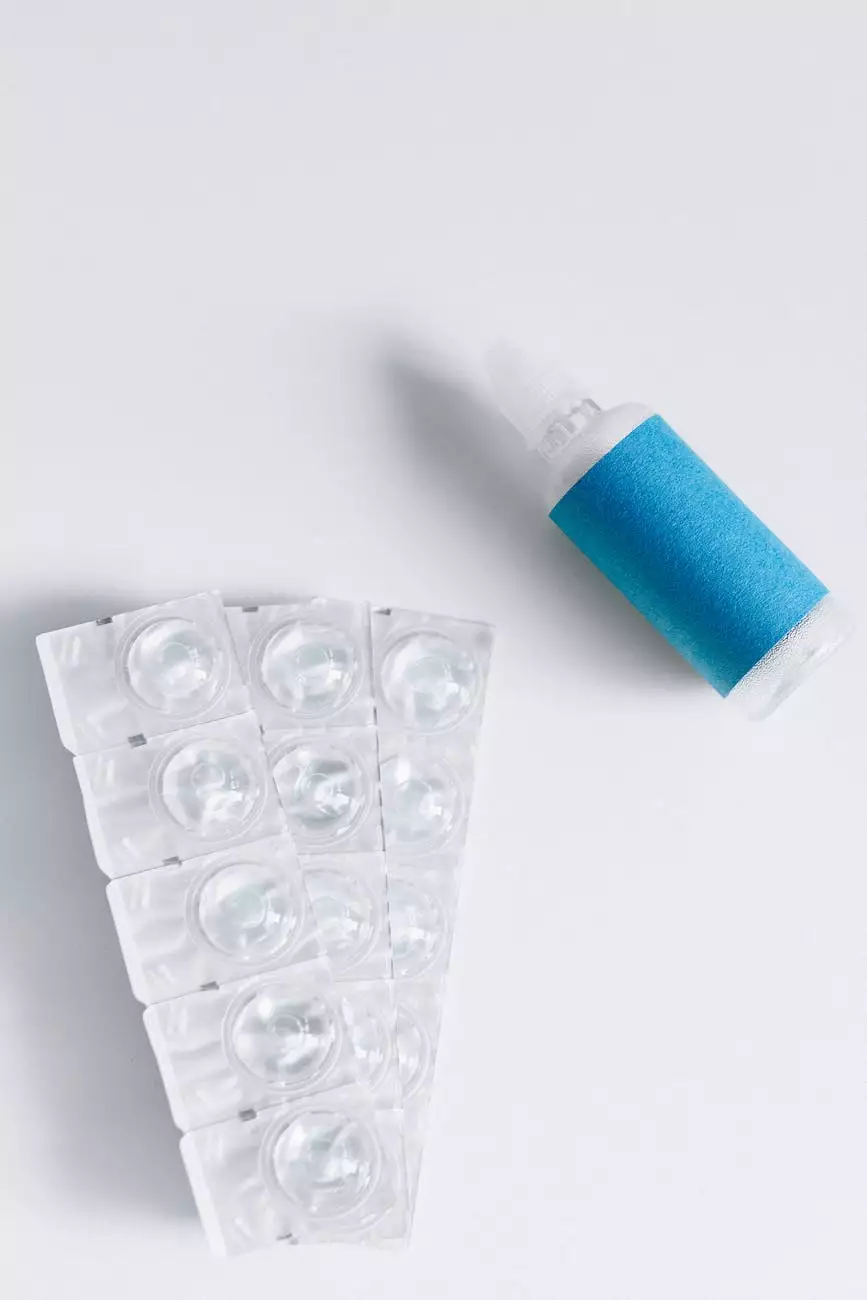Narrow-Angle Glaucoma

Understanding Narrow-Angle Glaucoma
Thank you for visiting the website of David J Scholten, OD, PC, a trusted provider of comprehensive eye care services in the field of health. In this section, we will explore the topic of narrow-angle glaucoma, including its causes, symptoms, and available treatments.
What is Narrow-Angle Glaucoma?
Narrow-angle glaucoma, also known as closed-angle glaucoma or angle-closure glaucoma, is a serious eye condition characterized by a sudden increase in intraocular pressure due to the narrowing of the drainage angle in the eye. This can lead to a rapid decrease in vision and potentially permanent damage to the optic nerve if not promptly treated.
Causes of Narrow-Angle Glaucoma
The exact cause of narrow-angle glaucoma is not well understood, but several factors may contribute to its development. Certain anatomical variations, such as a shallow anterior chamber or a smaller-than-average angle between the iris and cornea, can increase the risk of angle closure. Additionally, age, family history of glaucoma, and certain medical conditions like hyperopia (farsightedness) can also predispose individuals to narrow-angle glaucoma.
Symptoms of Narrow-Angle Glaucoma
Narrow-angle glaucoma often presents with a sudden onset of symptoms, which may include:
- Severe eye pain
- Blurred or hazy vision
- Halos or rainbow-colored rings around lights
- Redness and swelling in the eye
- Nausea and vomiting
- Headaches
If you experience any of these symptoms, it is crucial to seek immediate medical attention to prevent further complications.
Treatments for Narrow-Angle Glaucoma
The primary goal of treating narrow-angle glaucoma is to reduce intraocular pressure and prevent further damage to the optic nerve. The specific treatment approach may vary based on the severity of the condition and the individual's overall eye health. The following treatment options may be recommended:
- Medications: Eye drops or oral medications may be prescribed to lower intraocular pressure by increasing fluid drainage or reducing the production of aqueous humor.
- Laser Peripheral Iridotomy: This minimally invasive procedure involves creating a small hole in the iris to allow better fluid flow and alleviate angle closure.
- Trabeculectomy: In more severe cases, a surgical procedure called trabeculectomy may be recommended to create a new drainage channel in the eye and lower intraocular pressure.
It's important to note that early detection and treatment play a crucial role in managing narrow-angle glaucoma effectively. Regular eye exams, especially for individuals at a higher risk, can help identify the condition at an early stage.
Trust David J Scholten, OD, PC for Excellent Eye Care
When it comes to the health of your eyes, you need a trusted eye care professional who can provide comprehensive services and personalized treatments. At David J Scholten, OD, PC, we are committed to offering the highest quality of care to our patients. Our experienced team of eye specialists utilizes advanced diagnostic tools and stays up-to-date with the latest advancements in glaucoma management to ensure optimal outcomes.
Contact David J Scholten, OD, PC today to schedule an appointment or learn more about our comprehensive eye care services in the field of health. Take the first step towards preserving your vision and maintaining healthy eyes.




